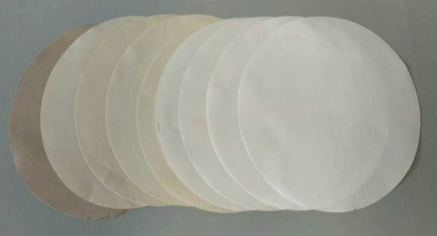Analysis of ancient and modern papyri
SUPERVISOR: Antje POTTHAST
PROJECT ASSIGNED TO: Florian BAUSCH
Even after all technological inventions of the last centuries, wood remains the most important construction material and most promising raw material for many kinds of applications. In several of them, wood will have to be substituted due to the increasing shortness of fossil fuels.While wood has been used as an energy carrier and construction material since the first days of mankind, the use of isolated wood components, in particular cellulose, is only a few centuries old. Cellulose is produced at an annual rate of trillions of tons in woods and other plants, an increasing, but still small, part of it being used in the pulping industries for paper products, cellulosic fibers, cellulose derivatives and other speciality chemicals. Processed cellulose finds its main application nowadays in as paper pulp (paper and tissue) and dissolving pulp (fiber and derivatives). The deeper understanding of the processes that attempt to separate cellulose in different degrees of purity from lignin and hemicelluloses - i.e. pulping and bleaching - is crucial to obtain pulps of highest quality and tailored properties.
The aim of this work is to investigate the chemical and mechanical properties of pulps, with a focus on the optical parameters (brightness, brightness reversion), applying modern analytical tools. The molecular weight distributions of pulps with different origins are measured by gel permeation chromatography (GPC). If needed, profiles of oxidized groups (carbonyls and carboxyls) relative to the molecular weight distributions are recorded according to the CCOA and FDAM methods. Special emphasis is placed to the chemical changes of pulps as they are subject to different bleaching steps along the processing line. The results are also correlated with the content of extractives and compounds of low molecular weight and other parameters.

